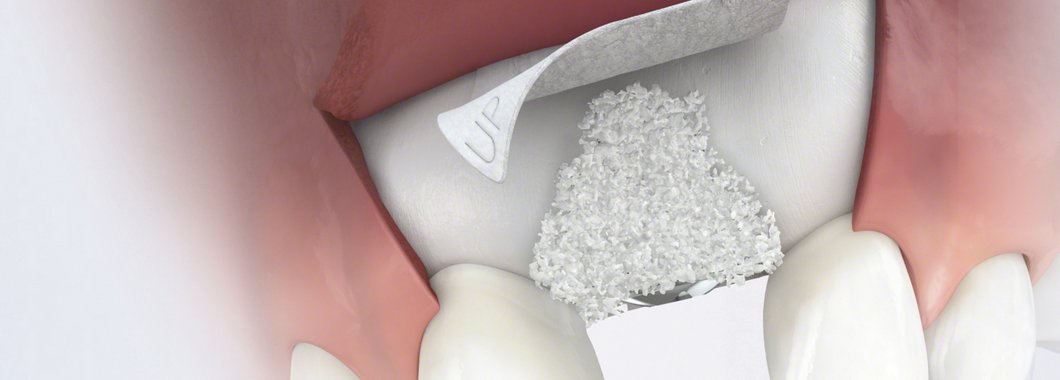Case selection for immediate implant placement


Introduction: Evidence-Based Implant Timing
Dr. Stephen Chen, a specialist periodontist in private practice in Melbourne and Clinical Associate Professor at the University of Melbourne, is internationally recognized for his contributions to implant dentistry, especially in post-extraction implant outcomes.
What You’ll Learn
- Key selection criteria for immediate implant placement
- When immediate restoration offers the greatest patient benefits
- Latest consensus guidelines for implant timing
Understanding Immediate Implant Placement
What Is Immediate Implant Placement?
Immediate implant placement involves inserting a dental implant at the time of tooth extraction. While this technique can reduce treatment time and help preserve alveolar bone, Dr. Chen emphasizes that it’s not suitable for every case and should be approached with careful planning.
ITI Consensus Classification
- Type 1A: Immediate placement with immediate restoration/loading
- Type 1B: Immediate placement with early loading
- Type 1C: Immediate placement with conventional loading
At the 6th ITI Consensus Conference, a classification system was introduced to guide protocols for immediate implant placement:
Selection Criteria for Immediate Implant Placement
What Makes a Case Ideal?
Dr. Chen stresses that immediate implants should be reserved for rare, ideal cases. Key factors include:
- Bone and soft tissue phenotype: Thin bone or soft tissue, or damage to the facial socket wall, are contraindications.
- Buccal bone integrity: A compromised buccal bone increases the risk of soft tissue recession.
- Soft tissue thickness: Thin phenotypes may require connective tissue grafting. However, early implant placement often allows for spontaneous soft tissue thickening, reducing the need for grafting.
When Dr. Chen Chooses Immediate Placement
Criteria for Success
Dr. Chen is highly selective and only performs immediate implant placement when:
- The facial bone is intact and thick
- The soft tissue phenotype is favorable
- The Implant Stability Quotient (ISQ) is high - preferably above 70 - indicating sufficient primary stability for immediate loading
In most cases, Dr. Chen prefers early implant placement, typically 6–8 weeks post-extraction. This allows for natural healing and soft tissue maturation, resulting in more predictable outcomes and fewer complications.
Conclusion: Conservative, Patient-Centered Planning
Dr. Stephen Chen’s approach to immediate implant placement is grounded in evidence-based protocols and a deep understanding of tissue healing dynamics. His conservative stance - reserving immediate placement for rare, ideal cases - highlights the importance of individualized treatment planning and meticulous case selection to ensure long-term success in implant therapy.
Watch the Webinar Now
Watch the free recording of the webinar with Prof. Stephen Chen to deepen your understanding of immediate implant placement.


